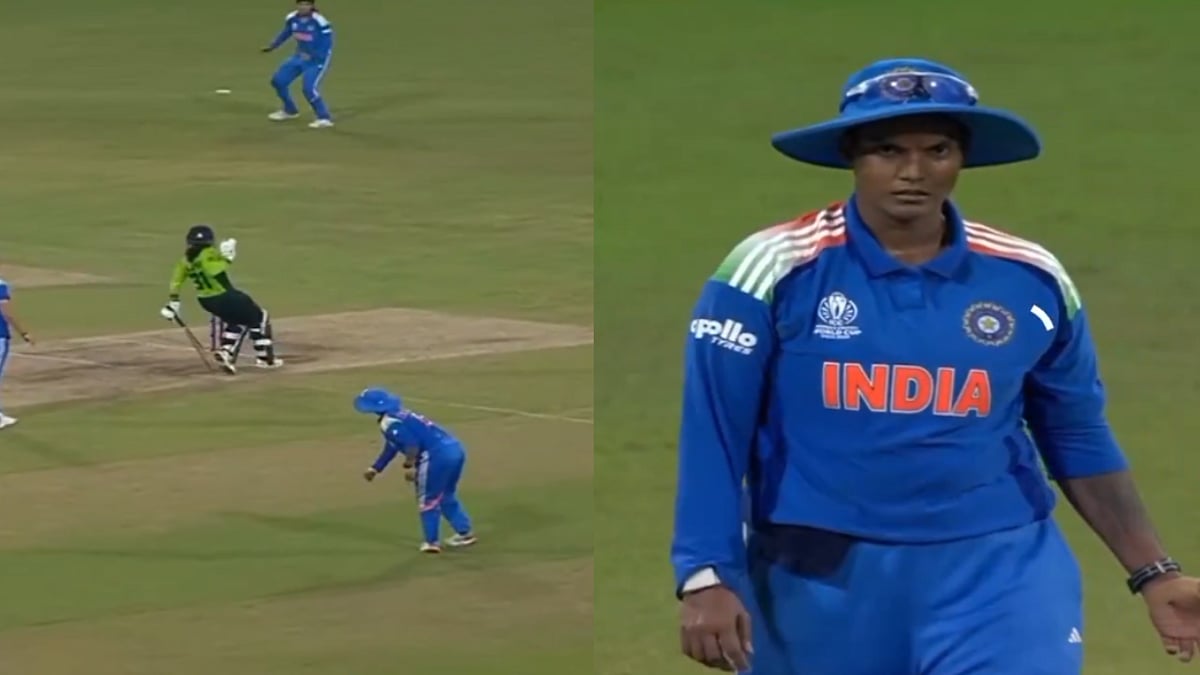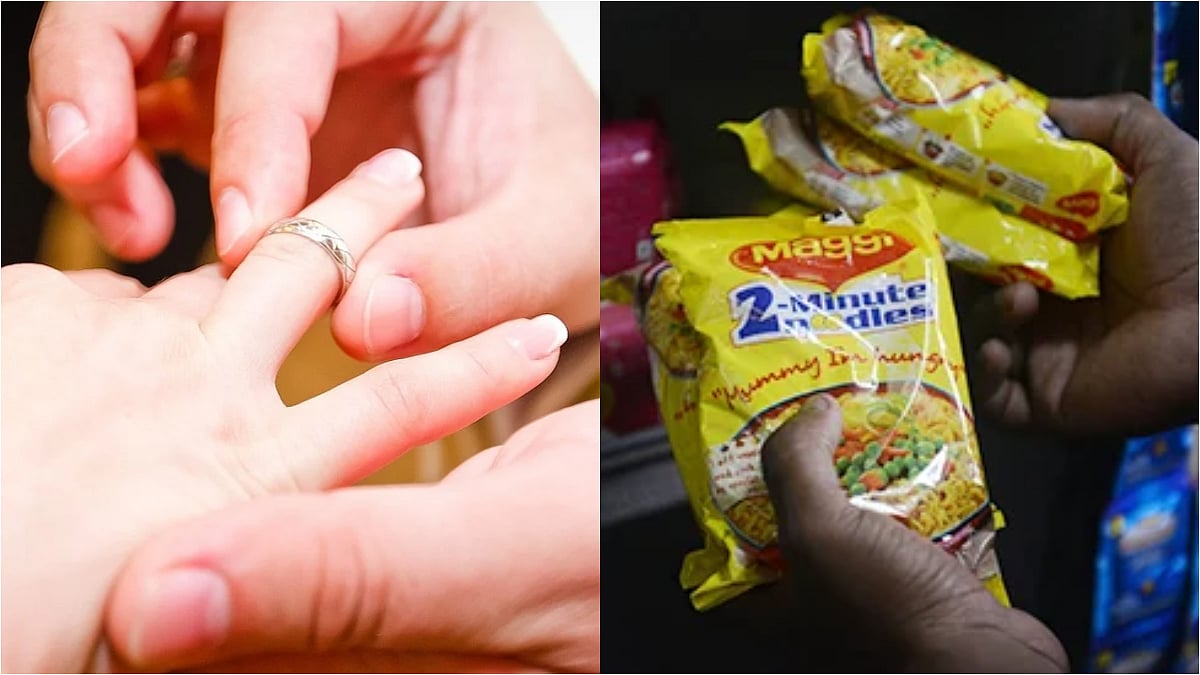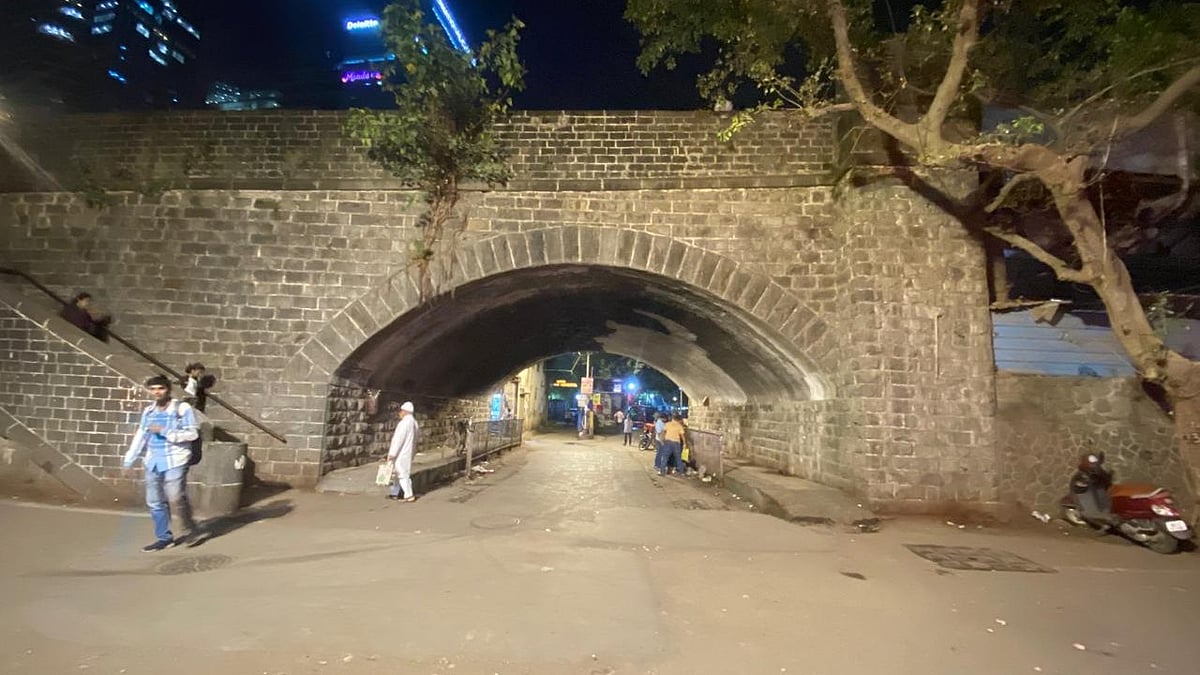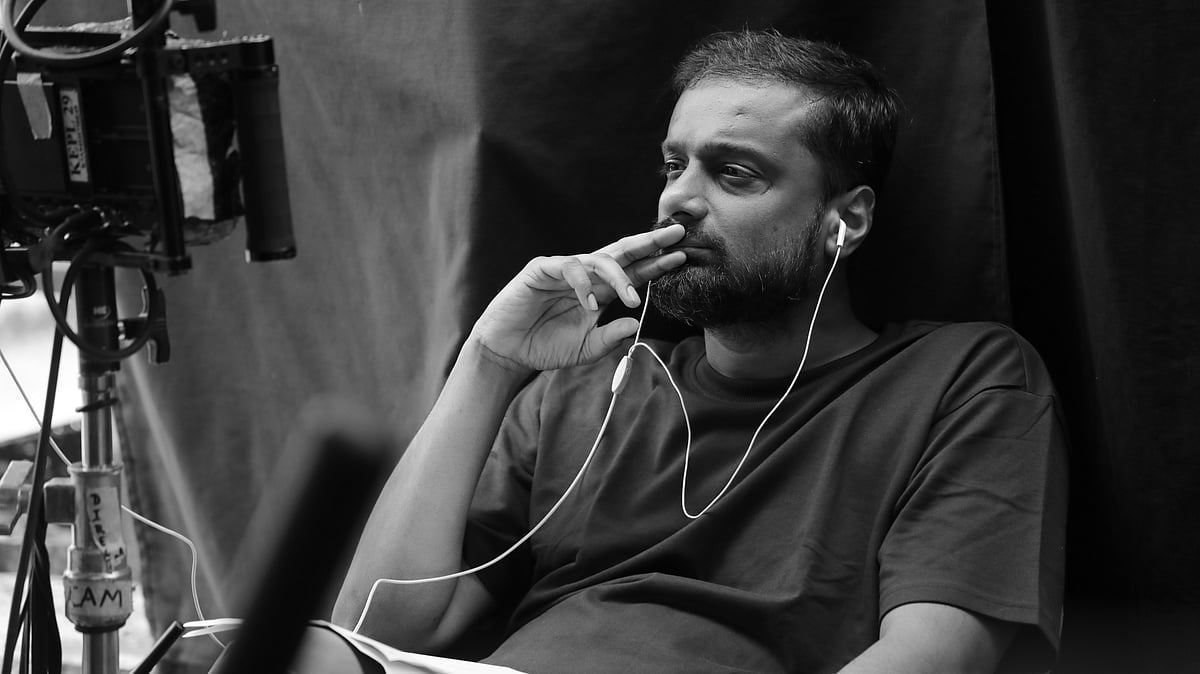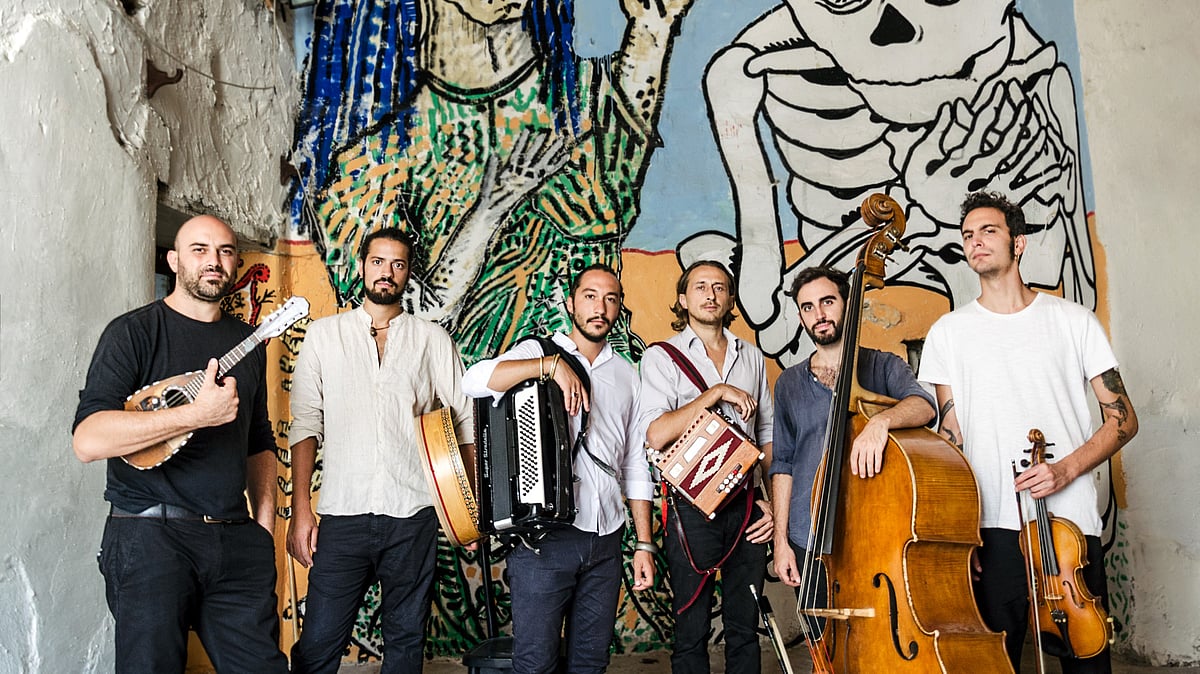The Chhatrapati Shivaji Maharaj Vastu Sangrahalaya (CSMVS), formerly the Prince of Wales Museum, was established in the early 1900s to commemorate the visit of the Prince of Wales to Bombay. During that time, he came to the city and laid a foundation stone on November 11, 1905, and the stage was set for the establishment of a museum for the city. The museum's door were opened to the public on January 10, 1922, before which it served as a hospital during the World War I and the Spanish flu outbreak. And, as the monumental structure turns 100, the museum witnesses another pandemic. Its collections of art, sculptures, artefacts and other memorabilia from ancient, medieval and pre-historic times have grown and expanded with time, continually attracting and drawing not only Mumbaikars, but people from across the country and world.
The London influence
It has been a century and the museum stands as one of the city’s most significant symbols of culture, of heritage — having witnessed the city’s evolution from days when the British ruled India till date when parties like Congress, Shiv Sena and the BJP have governed it. Built by Scottish architect George Wittet, reflective of the Indo-Saracenic style of architecture, CSMVS today is home to nearly 21 galleries that cover paintings, pre and protohistory, prints, natural history, numismatics, jewellery and Japanese and Chinese art, among others. When it reopens to the public post the third wave, 15 galleries will be accessible to people.

Virtual tours of the CSMVS Museum are available on Google Arts and Culture |
“The history of CSMVS is the history of Mumbai,” says the Director-General, CSMVS, Dr Sabyasachi Mukherjee. He speaks about a time when the idea for a museum took shape. In London, a Crystal Palace Exhibition was held at Hyde Park and Maharajas and achievers in their trade from India paid a visit to the exhibition and witnessed the art and other marvels on display. It was at this event that they realised the importance of a museum for the country, to share collections of art, tradition, history and legacy with people. The city was evolving and developing rapidly, its population was increasing, and so the moment for a cultural space for the city had arrived.
A haven of heritage
Today, along with Aamchi Mumbai, CSMVS’s collections have expanded too, and the majestic building is home to nearly 70,000 artefacts, a Children’s Museum, a Museum on Wheels, an Institutional Archive department, and a separate museum research and publication department.

Visitors at the CSMVS |
A café in the outdoors, and a museum shop have also been added to make the space more user and visitor-friendly, giving people the opportunity to sit and relax and enjoy a cuppa tea or coffee as they “look at our beautiful, Indo-Saracenic architecture”, in the backdrop of a bustling, roaring city. A course on Built Heritage Studies and Conservation to interested students is also being offered by the CSMVS, and the course’s certificate will be jointly given by the CSMVS, the Mumbai Metropolitan Region – Heritage Conservation Society (MMR-HCS), and the Sir. J.J. College of Architecture. Hence, the aims and objectives of the museum, have expanded and developed over time.
“It’s a challenge for cultural institutes to bring people to the institute and share history and collections. Our histories were glorious. People should not feel or imagine that a museum is like a ‘jaadu ghar’ (a magic house). The challenge is to bring people back to cultural institutes through innovative and creative exhibitions. Museums need to remain relevant. If we don’t change, people will isolate us. We need to use technology, which plays a major role, to reach out to millions. Today, we are active on all major digital platforms and are reaching out to thousands through our educational programmes.”

India and the World — a landmark international exhibition at CSMVS |
Transcending boundaries
Mukherjee also mentions a museum’s role in enabling people to accept different viewpoints and thought processes, different cultures and backgrounds. “Here, one gets to see the cultures of other countries, which is rare in some of the Indian museums, where you get to see only Indian culture. Our collections range from European paintings to European art deco items to oriental art, collections from the South East, Himalayan (Tibetan) Art collections. You get the opportunity to develop a global view. That is something we should not forget… India was globalised from ancient times, and it will remain globalised…”
Interactive mode
Different types of exhibitions have been experimented with by CSMVS to pique the interest of people, for example, exhibitions like ‘Mummy: The Inside Story’, and others centred on Bollywood personalities such as Bimal Roy and Shammi Kapoor.

Visitors at the CSMVS |
“These exhibitions were successful and thousands of youngsters came for Mummy: The Inside Story… A museum’s role is to offer variety. We observe people who visit, how they react. How they respond to our exhibitions, and then the language of the exhibitions changes accordingly. One of our plans is to make our exhibitions more interactive. Nothing remains static. We have to figure out what people’s interests are,” Mukherjee shares.
Centenary special
For its centenary, the CSMVS has a series of lectures, workshops, conferences and other initiatives planned. At an event to commemorate its 100 years, which was on January 10, a series of Thanjavur paintings, which were donated to the museum by art collector Kuldip Singh, was shown, and books titled The Amarusataka and The Lives of Indian Love Poems, The Lost Terracotta Buddhist Stupa of Kahu-Jo-Daro, Musings in the Museum, and portfolios celebrating Thanjavur and miniature paintings were released.

Foundation stone laying |
Coming soon
By 2023, CSMVS plans to add two new galleries to its repertoire of galleries — a gallery on Bombay or Mumbai, and another on the ancient world and long-lost civilisations. The Mumbai gallery will showcase the history of the city, what it was at one time and how it became the pluralistic, multilingual city it is today.
“Digital media, documentaries, films and photographs will be used to cover the history of the city. Through these we aim to create a narrative highlighting the unique energy of the city… Three things come to mind when you think of Bombay — the sea, the land and its people. The narrative of our Bombay gallery will show how the unique energy and the collective force of the city were what built the city. The city has a unique history which needs to be told to this generation so they feel proud.”
Did you know?
1. The Museum is situated on a Semi-Circular plot of land known as the 'Crescent Site'
2. CSMVS houses approx. 70,000 artefacts.
3. The Museum on Wheels takes culture to the people through designated buses.
4. The museum is also home to the city’s first textile gallery.
5. The CSMVS Children’s Museum is Mumbai’s first-ever children’s museum and creative centre.
6. The artefacts from the Buddhist site of Mirpurkhas, excavated by renowned archaeologist Henry Cousens in 1909 are an important part of the Museum collection.
(Source: www.csmvs.in)


